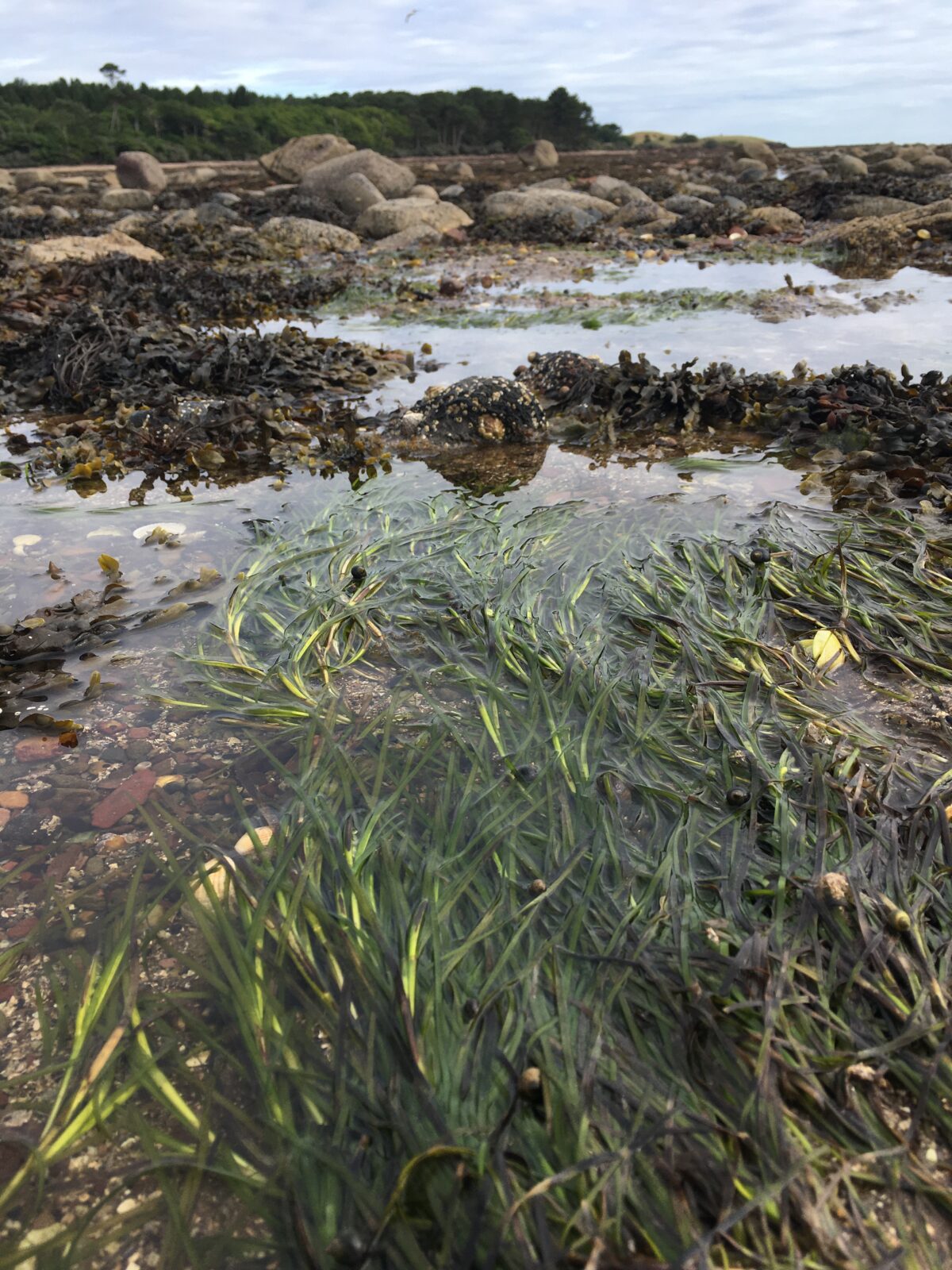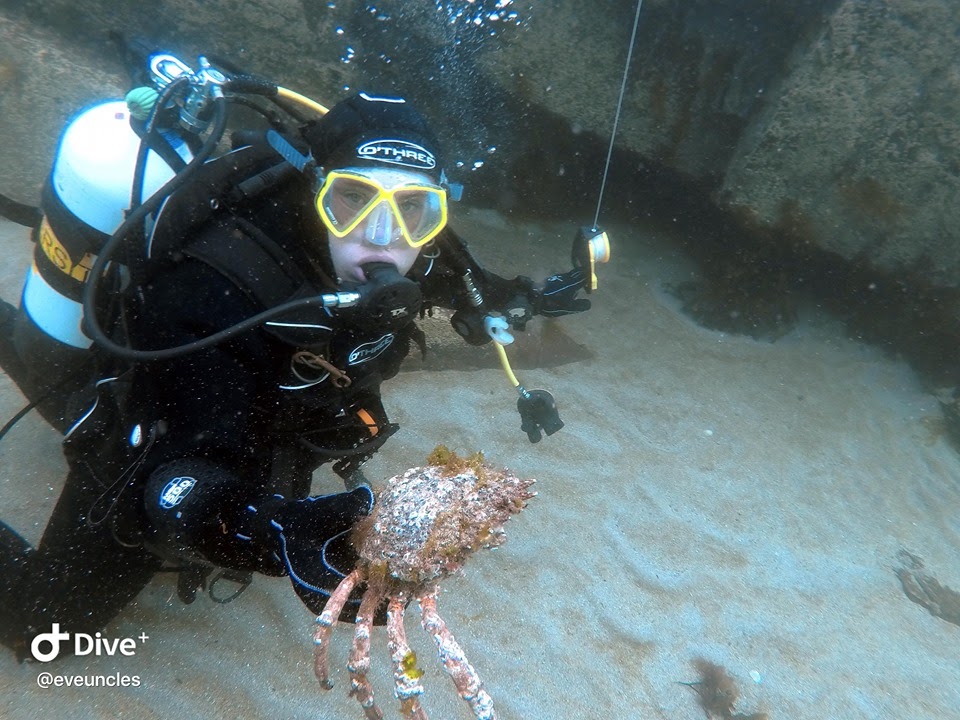2020 : A Year In Review

As 2020 draws to a close, we look back on a year that has been nothing short of unusual. Despite the challenges, it has been a year for reflection, growth and innovation, and we believe there’s never been more reason to work toward a brighter future. In the face of a pandemic, like everyone, Project Seagrass has had to adapt, but we’ve tried to continue our work, planting the final seeds in the two hectares of seagrass that represents the UK’s largest restoration project to date and forming relationships with like minded causes to work collaboratively in the fight against climate change. 2020: Key Highlights for Project Seagrass JANUARY Director, Dr Richard Lilley (aka RJ), attended the Scottish Wildlife Trusts Living Seas Parliamentary event in Edinburgh. He discussed the importance of using accessible science to engage communities, the need for restoration and the benefits of collaborative seascape conservation. We also began working with Emitwise to build a partnership, encouraging companies to make their first steps towards achieving net-zero emissions. FEBRUARY With planting finally on the horizon, the Seagrass Ocean Rescue team at Swansea University, worked around the clock preparing sandbags, seeds and rope. Despite delays and some sand related hiccups (finding sandbags whilst Wales was at high risk of floods proved increasingly difficult), an incredible team of volunteers, staff and the local community came together to plant a whopping ~750,000 seeds, just over 1.5ha of the 2ha target. Individuals came from far and wide to battle the elements and ensure planting was a success. MARCH March began with an exciting media follow up from the planting week, BBC, ITV and The Guardian had spoken with Dr Richard Unsworth to discuss the importance of the Dale restoration and how seagrass can be used to tackle climate change, this made a positive contrast to the emerging news of the coronavirus. In more positive news, Project Seagrass were shortlisted for a Green Heart Hero Reward, shortly after planting, Richard and Leanne attended the event in London to accept the award for outdoor innovation. As more information regarding the coronavirus came to light, our entire team worked tirelessly to ensure we were prepared for the rocky road ahead. APRIL As the UK-wide lockdown came into place, Project Seagrass, like many others, moved to work from home. Despite the change in workstyle, and the noticeable absence of fieldwork, the team reached out to our wider community. To celebrate Earth Day, we came together to read an extract from ‘The Loves of The Plants’ by Erasmus Darwin, grandfather of Charles Darwin. This marked the beginning of Project Seagrass’ efforts to commemorate international days of environmental awareness. Outreach technician, Evie Furness appeared on Lizzie Daly’s Youtube channel, speaking live and answering questions about seagrass. This came as part of Lizzie’s Earth Live Lessons, a series that began since the UK lockdown as a communal effort of scientists, filmmakers and conservationists. Following Evie’s lesson, Project Seagrass announced their ‘Seagrass As Art’ online exhibition, working in collaboration with Boston based seagrass artist, Nedret Andre, this was a continuation of our effort to involve the wider community whilst volunteer events and outreach were halted. MAY The 22nd May marked the International Day for Biological Diversity, in part of our celebrations, Project Seagrass launched (Re)Store, an opportunity for donors to give their support to secure and restore seagrass meadows. JUNE On 8th June, Team Seagrass came together to celebrate World Oceans Day with Wild Day’s. In true Project Seagrass style we put together a cheesy educational resource with the help of some sea faring friends. In addition to our celebrations, the new Project Seagrass website was launched! With updated information, the (Re)Store as well as several other new features. We also announced the winners of our ‘Seagrass As Art’ exhibition, we had entries from across the globe and winners from all age groups. All our winners were uploaded to Instagram as part of our highlight initiative! To conclude our celebrations, director Ben Jones performed his rendition of The Fresh Prince of Seagrass – this is a must see! In a significant step for global seagrass recognition, June marked the publishing of the UNEP ‘Out of The Blue’ report, a significant document that recognises the global importance of seagrass meadows to humanity. The incredible Frankie Morland released his song ‘The Ocean’, to raise awareness and funds for Seagrass Ocean Rescue, at Project Seagrass we appreciate the support and love we receive from our community, it’s very humbling to know how our work inspires the younger generations. As June drew to a close, our team managed to carry out a socially distant survey of our restoration site in Dale, with some promising progress. Finally, representatives attended the ‘Rewilding The Sea’ digital conference, an overview of what can be done to protect our coastal ecosystems. JULY In July, Project Seagrass celebrated its 7th birthday! To mark the occasion the Seagrass Ocean Rescue team returned to the Dale site to carry out surveys, by this stage there were several signs of growth. AUGUST As lockdowns eased, Project Seagrass successfully organised and carried out COVID friendly fieldwork in Porthdinllaen, North Wales, collecting half a million seeds. The team worked with the tides, snorkelling in the day and hand picking at night. Shortly after, we were pleased to announce our new seed picking location, a birding hotspot, the Lindisfarne National Nature Reserve in Northumberland. SEPTEMBER Another dive at the Dale site showed even more promising signs of growth, RJ updated our friends at Finisterre, with the first of a series of seasonal blog! We also partnered with Wild Saint London to launch limited edition ‘Sea Tails’ lounge socks, the purchase of these socks allow us to collect, process and plant one hundred seagrass seeds covering one square meter. Following the seed collection in August, the Seagrass Ocean Rescue team began the seed separation process, ready to plant the remaining area in Dale. Dr. Richard Unsworth and Dr. Leanne Cullen Unsworth
From studies to seagrass

Mike, Sam, Sam and Owen all started out as students with a love for the ocean on their doorsteps, over the summer they became ‘underwater gardeners’ and joined the Seagrass Ocean Rescue team from the collection of almost a million seeds through to planting 1.5 hectares of seagrass in Dale, Pembrokeshire. Mike Parker, Sam Files, Sam Petts and Owen Maddocks are four students from Swansea University, they met three years ago through the sub-aqua club and have logged their fair share of dives together ever since. Over a Zoom call in April, I had the opportunity to ask them about their time volunteering with Seagrass Ocean Rescue. We started our seagrass journey together last summer and they’ve returned with unwavering support to all our events from picking to planting. When did you develop an interest in marine ecosystems? Mike Parker: I joined the sub aqua club in my first year of university and got into diving in my second year… then it took over my life! Sam Files: I’ve always lived by the coast and spent a lot of time at the beach and swimming in the sea, then I started studying marine biology at Swansea and joined the dive club. Sam Petts: I’ve always liked underwater habitats and enjoyed swimming and being around water, I guess for me it was a natural progression to go deeper and see what’s hidden under the water! Owen Maddocks: I grew up on the coast and spent a lot of time rock pooling and surfing. How did you find out about Project Seagrass and how have you been involved? MP: I heard about it through Evie Furness, she later invited the dive club to come diving for seeds. We went to Weymouth and Torbay for a week in the summer, had a hilarious week of camping, sun and seagrass! I came along to the rope tying days and helped tie the bags to the rope ready for planting. SF: I was doing my year in industry at Plymouth aquarium and they had a seagrass exhibition, I got talking to some of the team there and they mentioned Project Seagrass and the team at Swansea University. I later joined these guys with Swansea’s dive club to go pick seeds, I did some of the rope tying and then joined Sam and Owen in Dale in February! SP: I’d spoken to Evie about her work and she invited the dive club on an opportunity to go seed diving, I helped organise some of the dives and went along on the trip! I helped out in February with some of the preparation and planting. OM: I heard about it through the biosciences department and dive club at Swansea. I first got involved with seed picking then helped with seed preparation in February. What’s been your most memorable experience with the project? MP: I think diving has definitely been my highlight and having the opportunity to meet people with the same common interest. SF: Trying to put up the tent on a windy cliff in Weymouth was a stand out moment for me! It would be between that and sending Mike and his dive buddy in the opposite direction from the seagrass… it took them a while to find it! I think it’s been nice to be involved in the whole process, to see it come full circle. It’s been exciting seeing people coming from around the country, with such a wide variety of backgrounds and generations – really encouraging for the future! SP: It was a habitat we’d never dived in before which was something I don’t think you can forget, and it was nice to dive with a purpose. Diving is fun anyway but when you’re doing something positive at the same time, it feels good! There was a real sense of accomplishment, and I was lucky to be last one in and last one out – I got to see everyone on the boat getting excited for the dive ahead and then when i’d come up, just seeing this huge pile of seagrass seeds, that was really cool! OM: Probably diving through the seagrass meadows and seeing all the juvenile fish and diversity… I felt like a human, underwater lawn mower. Is there anything you’ve learnt from your experience with Seagrass Ocean Rescue? MP: I think there should be greater awareness for projects like these! Don’t miss out on the opportunity to get involved. I think in any age group you can sometimes get trapped in a bubble but this gives an opportunity to meet people from outside your usual crowd. It was a really nice way to gently introduce people to marine sciences and conservation as well. It’s definitely a community that will stick around for future projects! SF: If you’re thinking of getting involved just go for it! It’s amazing to see what you’ve achieved, and the community is diverse and you meet people from all over! SP: It’s been a really great experience to do with friends but also to make new friends! It was a great opportunity to listen to people’s stories and to learn from others. It’s the first time I’ve been involved with a project and I hope to get involved with more conservation in the future. OM: I’ve learnt more about how conservation is applied in a real world setting and the value of seagrass for supporting biodiversity and blue carbon sequestration. At Project Seagrass we really appreciate the support of our volunteers, without them none of what we do would be possible! If you’re interested in helping out with future projects keep an eye on our social media, join the Project Seagrass Volunteers facebook group or alternatively don’t hesitate to contact us! By Eve Uncles

